What are the symptoms of premenstrual syndrome?


Related products
What’s covered?
Everything you might experience before periods

Premenstrual syndrome (PMS) refers to the physical and psychological symptoms experienced by women in the days preceding their periods. Most women suffer from PMS at some point in their life. Sometimes the symptoms become so severe that medical assistance is required. Before understanding the symptoms, you should first understand what PMS is.
What defines PMS?
Most of the symptoms of PMS experienced by women are expected during the menstrual cycle. Therefore, the symptoms of PMS may be challenging to identify. However, some essential features of PMS are:
-
The symptoms occur after the release of the egg (ovulation) and the start of periods. It roughly corresponds to the 12-14 days before periods.
-
The physical symptoms are consistent in each period.
-
In the severe form of PMS, symptoms are strong enough to impact everyday activities.
-
The symptoms do not disappear before and continue a few days after the onset of periods.
One thing important about PMS is that it is not unnatural or unusual. According to the National Association for Premenstrual Syndromes (NAPS), moderate to severe PMS symptoms are experienced by 30% of women in the UK at some stage in their reproductive age. However, only 5-8% (800,000 women) experience severe PMS symptoms.
What are the causes of PMS?
Like other syndromes, no single factor could be responsible for this syndrome. Furthermore, the effects and signs and symptoms also vary from woman to woman. However, the following causes are noted by the medical class.
Hormonal fluctuations
Changes in hormonal levels become more pronounced as a woman approaches menstruation. For example, the luteinising hormone (LH) (which cause the release of eggs) and oestrogen (which regulates bleeding) increase abruptly near ovulation. The changes in hormone levels are particularly very sharp after the release of the egg as progesterone levels steadily rise and oestrogen levels decline.
Similarly, hormonal birth control pills also disturb the hormones involved in reproduction. Due to these hormonal fluctuations, a woman may experience psychological changes of variable intensity, e.g., anxiety, mood swings, etc...
Lifestyle risk factors
Various lifestyle risk factors may be part of women's lives, but their importance significantly increases during this period.
These factors include:
-
Eating foods rich in salts, fats, and sugars
-
A stagnant lifestyle and low levels of physical activity
-
Smoking exacerbates the symptoms of PMS or any other addiction
-
Poor quality and quantity of sleep
-
Research has also linked alcohol consumption to increased susceptibility to PMS. Through a systematic review of 39 studies in 2018, Fernandez and his colleagues found that moderate alcohol consumption caused a similar average increase in the risk of PMS, and heavy alcohol consumption was associated with a more severe danger of PMS.
Changes in brain chemistry
The ultimate controller of your body functions is the brain. The brain works by secreting chemicals called neurotransmitters. Various important neurotransmitters, e.g., norepinephrine, serotonin, etc..., regulate behaviour, mood swings, and emotions. The production and secretion of these hormones are closely linked to one another, and these chemical messengers can be involved in the symptoms of PMS.
For instance, a decline in oestrogen after the release of the egg will cause increased production of norepinephrine. This hormone also influences (uplifts) the production of serotonin, dopamine, and acetylcholine. These changes have profound impacts on sleep patterns and mood swings.
Your existing mental conditions may exacerbate the problem
Existing psychological problems, e.g., anxiety and depression, may not be a direct cause, but they can increase your susceptibility and severity of PMS. A person having a history of bipolar disorder will also have an increased risk of PMS. The experts have not fully understood the underlying mechanisms.
The chemical changes in the brain may be responsible for this worsening. A 2014 study involving numerous case studies found severe PMS and PMDD symptoms in 25-77% of women, with 15-27% of the women having bipolar disorder.
Genetics and environmental factors
Although conclusive evidence is limited, it is postulated that the factors related to the production of neurotransmitters and depressive mood disorders are inherited. So, you might have a genetic predisposition to the PMS symptoms. Similarly, environmental factors, e.g., pollution, noise, overcrowding, and temperature fluctuations, may also influence your mood and exacerbate physical PMS symptoms.
Symptoms of premenstrual syndrome
Although most symptoms are mild and don't hamper your regular activities, some symptoms may become severe, particularly in the presence of some other risk factors. One thing to remember is that the symptoms of PMS will repeat before each period. Therefore, all signs of the syndrome may not be present in each patient. However, the repeated presence of some symptoms is necessary. Furthermore, symptoms of PMS could be physical or psychological.
Physical symptoms of PMS

Your gynaecologist and family nurse are concerned about the physical symptoms. They are related to the physical effects of causative agents. For an average female, the length of the menstrual cycle is usually 28 days. The egg is released in mid-cycle, i.e., on the day 14-15. The symptoms of PMS can develop anytime after the release of the egg.
However, typically, the most severe symptoms occur before and after one week of the release of ova. PMS affects the functions of various body organs.
A person with PMS can notice the following symptoms of varying intensity,
Tender, swollen and painful breasts
These changes in the breasts are related to oestrogen levels. Therefore, breast tenderness could become a nuisance if you are breastfeeding.
Headaches
Headaches of unknown origin may occur, which don't respond to medications. As a result, the normal menstrual cycle becomes a harrowing experience.
Disturbed digestion
Abdominal cramping and bloating are often noted in PMS. Besides these, diarrhoea or constipation can also occur depending on your diet and other factors.
Skin problems
In severe forms of PMS, the incidence of skin problems, e.g., acne, atopic eczema, inflammation (irritant dermatitis), and psoriasis, also increase. These problems are exacerbated during the peak oestrogen levels (after egg release).
Clumsiness and over-sensitivity
You may feel awkward and disinterested in everyday life activities, particularly after the release of the egg when oestrogen levels are falling and the level of progesterone is rising. You can also experience altered sensitivity to heat, sound, and light.
Muscular pains
The muscle aches typically experienced during periods are exacerbated in PMS.
Psychological symptoms
Mental health symptoms appear due to the disturbance of neurotransmitters in the brain and hormonal fluctuations.
The most common symptoms are:
Disturbed sleep wakeup cycle
A troubled and disturbed sleep means you are not getting enough REM sleep. So, you will always feel fatigued, and it will become challenging to relieve PMS symptoms. According to the Sleep Foundation, women with PMS are twice as susceptible to insomnia (loss of sleep) during periods than other women.
Changes in eating habits
You are likely to feel food cravings and unusual likeness for some foods, e.g., sweets.
Mood swings, rage, and irritability
PMS exacerbates these ordinary happenings of periods and pregnancy. A gloomy mood may prevail over you. You might start crying spontaneously without any substantial reason.
Miscellaneous symptoms
You may experience various symptoms, e.g., decreased libido, loss of concentration, and unusual emotional outbursts. Suicidal thoughts are also reported. You may start feeling overwhelmed by the feelings of loneliness and sadness and start thinking about suicide.
It's an urgent time for you and your family to seek the services of expert counsellors. The severe symptoms could be confused with the symptoms of premenstrual dysphoric disorder (PMDD), with the difference that PMDD symptoms are usually more painful than the symptoms of PMS.
When should you see a doctor?
For 5-8% of women with PMS, the symptoms might be so severe that the lives of people around them are also disturbed. In addition, these symptoms may proceed toward PMDD. If you experience the rising intensity of symptoms and a move toward PMDD, it's time to visit your doctor. Although no definitive tests distinguish between PMS and PMDD, your physician will decide by blood tests and physical examination.
Your physician will discuss the problem with you thoroughly. He may ask you to fill out the chart of symptoms experienced throughout the day. Have a close eye on the following symptoms. Even if you note half of them, it is time to visit your healthcare provider, who will suggest appropriate medicines to ease PMS symptoms.
Symptoms include:
-
Rapid and continuous worsening of PMS symptoms, e.g., headache, bloating, cramping, etc...
-
Loss of concentration
-
An intense feeling of sadness or hopelessness
-
Severe or out-of-control feelings
-
Increased frequency of conflicts with people around you and irritability, and bursts of rage
-
Extreme mood fluctuations
-
Extreme anxiety and depression
-
Lack of interest in routine activities
-
Ever-present fatigue
-
Prolonged sleep disturbances
Bottom-line
PMS affects most women of all age groups. It involves a range of psychological and physical symptoms. It is essential to keep an eye on these symptoms and consult the doctor when they don't disappear or increase in intensity.
For a full range of tests and further information, visit our Women's Health Hub.




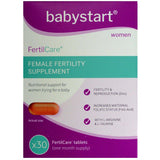















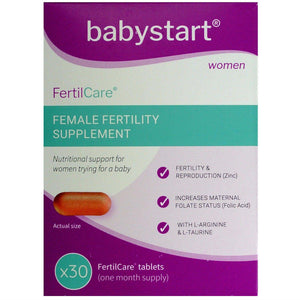
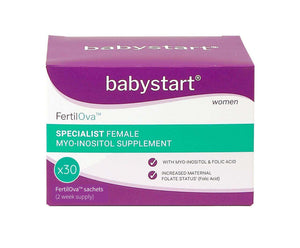





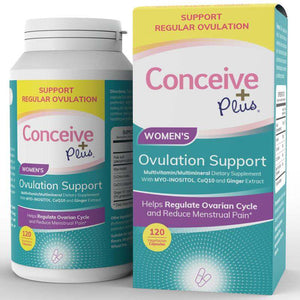








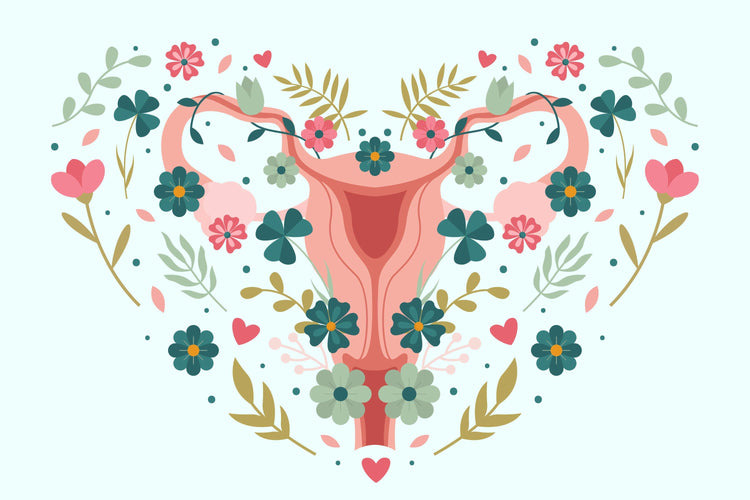

 Rated Excellent by 14,617+ Reviews
Rated Excellent by 14,617+ Reviews